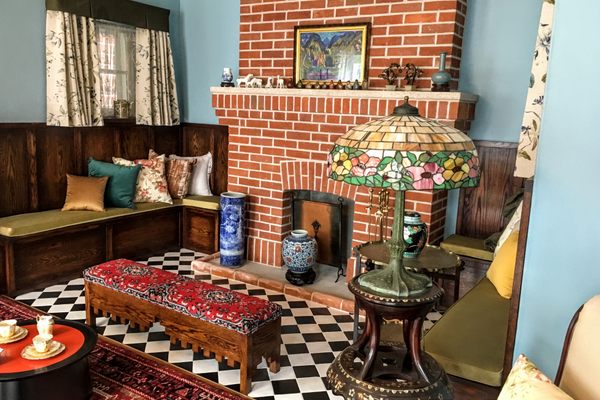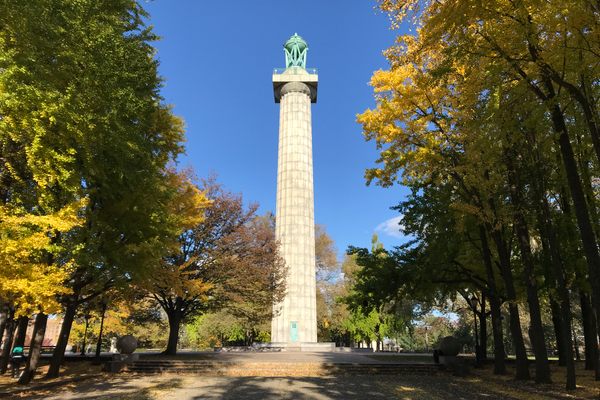AO Edited
Seodaemun Prison
A chilling monument to Korean patriots who resisted the Japanese occupation.
An anachronistic brick wall stands out amongst a rare park in one of Seoul’s quieter neighborhoods. Behind the nondescript wall, a guard tower looms, and below it, a grim gate. This gate marks the entrance to Seodaemun Prison, a relic from a forgotten era in Korea’s past steeped in subjugation and humiliation.
Seodaemun Prison was opened in 1908 by occupying Japanese forces in an attempt to impose order on the newly acquired territory. Prior, the country had a virtually non-existent penal system, and the introduction of Seodaemun Prison was a precursor to full out occupation.
Seodaemun became a bastion for the Korean independence movement from its opening in 1908 until the liberation of the country in 1945. As the Japanese arrested more patriots, the prison’s notoriety increased and it eventually became a symbol of perseverance. Many patriots died in custody, were tortured to death, or were executed within the prison’s walls. The macabre execution hall still stands, housing the prison’s gallows (with a tunnel nearby to dispose of corpses).
Throughout the preserved prison-turned-museum, you can see chillingly recreated torture chambers, jail cells, isolation cells, and more. The women’s section has been preserved, basement cells in which no privacy was afforded. Some of the torture chambers have frighteningly realistic mannequins and effigies to famous Korean patriots who died within the prison.
Designated as a historic site in 1988 and renovated in 1995, Seodaemun is an interesting place to visit for those who want a tactile experience of the Japanese occupation and the horrors entailed. It stands out amongst Seoul’s other historic sites as a monument to those who helped shape the modern Korean nation.
Know Before You Go
Closed on Mondays

































Follow us on Twitter to get the latest on the world's hidden wonders.
Like us on Facebook to get the latest on the world's hidden wonders.
Follow us on Twitter Like us on Facebook